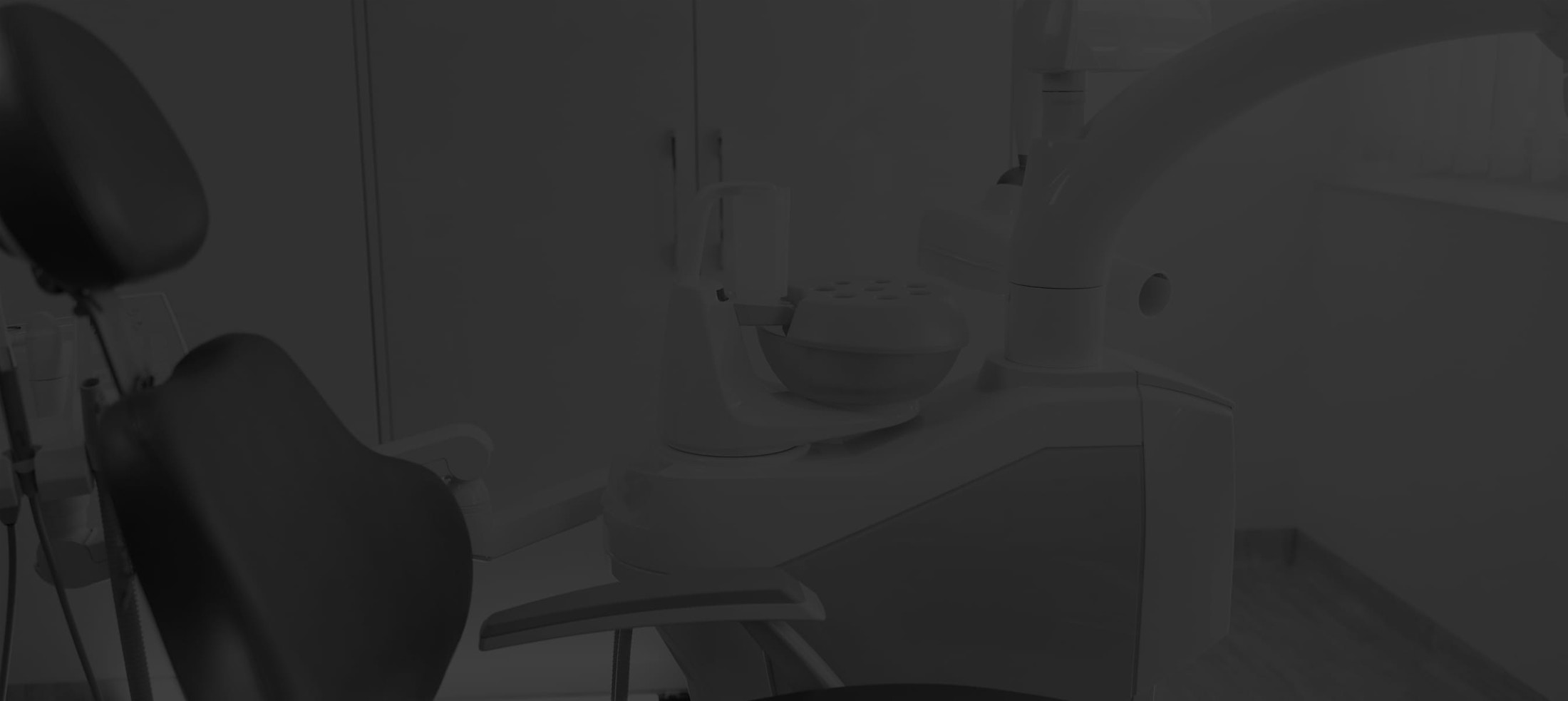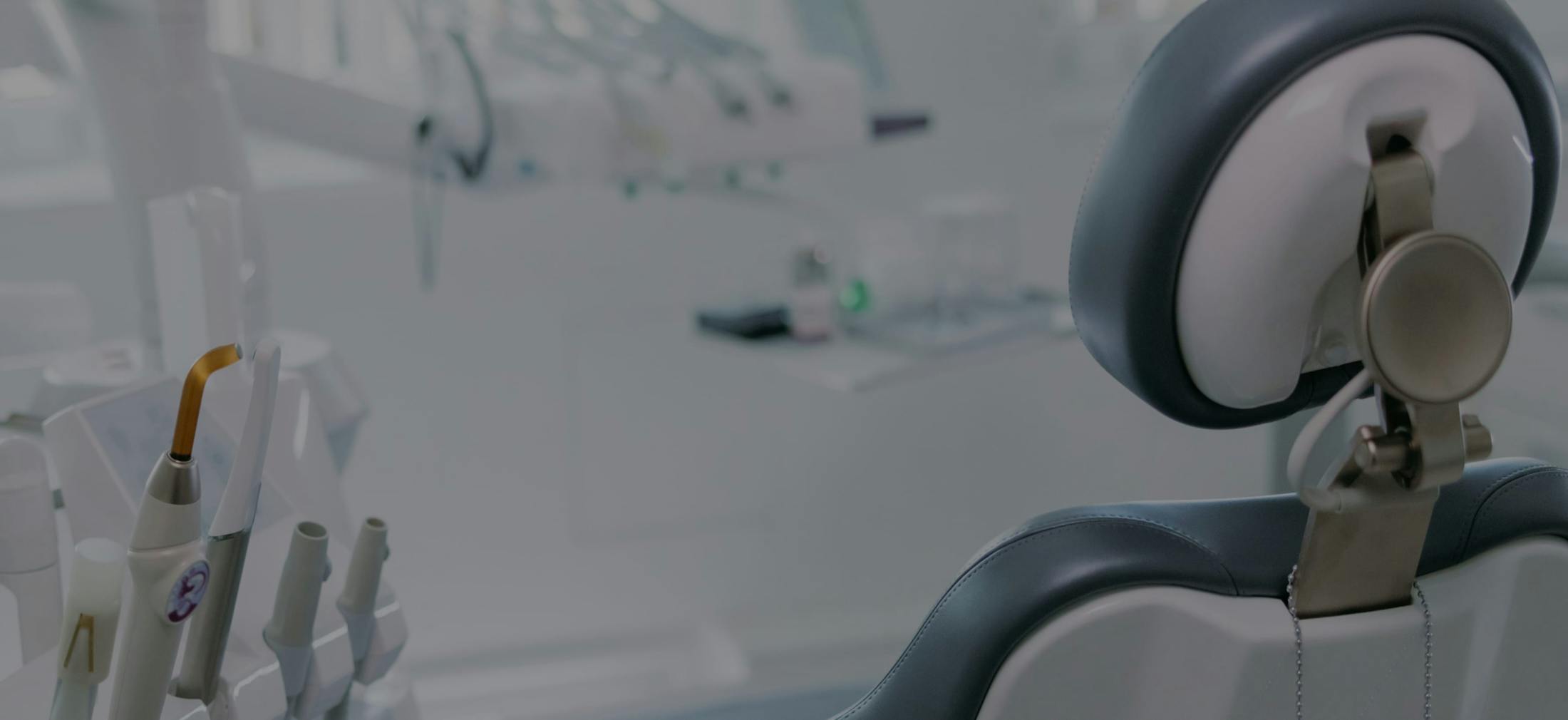Periodontitis is a severe gum disease that starts as inflammation in the gums. It can quickly worsen to cause a variety of oral health problems, including tooth loss, if left untreated.
What is Periodontitis?
Periodontitis is a chronic inflammation of the gums caused by too much bacteria on the teeth and along the gum line. It may begin as gingivitis, a highly treatable form of early gum disease, but early interventions are necessary to prevent worsening symptoms. What are the 3 types of periodontitis? The 3 types of periodontitis are necrotizing periodontitis, periodontitis as a direct manifestation of systemic disease, and most commonly, periodontitis. Necrotizing periodontitis is an acute infection caused by an overgrowth of bacterial plaque in the immuno-compromised. This form of periodontitis can quickly become quite serious.
Oral sores, painful, bleeding gingiva (gums), and swollen lymph nodes in the neck are common markers. Periodontitis as a direct manifestation of systemic disease is directly related to a primary diagnosis. This includes conditions that affect the immune system like leukemia and genetic disorders that put patients at a higher risk for the disease. General forms of periodontitis are most common, and can affect children and adults of all ages. Periodontitis may begin as gingivitis then progress to early, moderate, and advanced stages of the disease. The more severe the periodontist, the more difficult it can be to treat.










